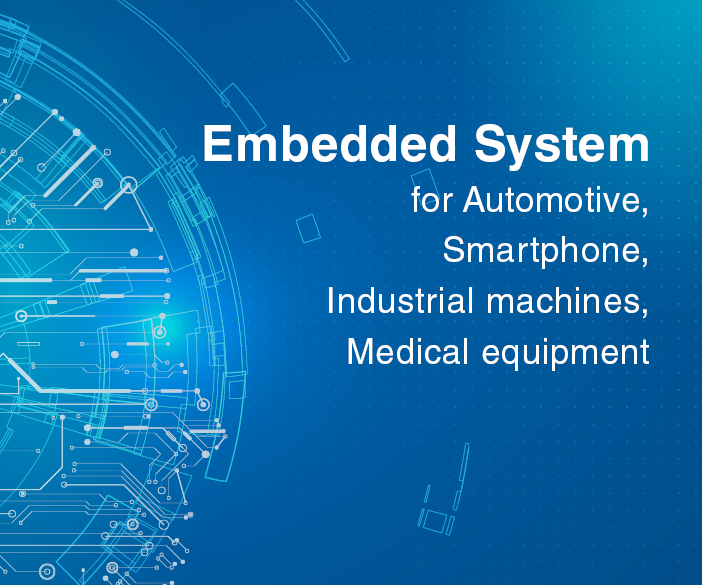
The embedded systems and the electronics industry
What does embedded system mean?
An embedded system is a small microprocessor-based computer, result of a combination of hardware and software components. It is designed to communicate with an external device and thus fulfill a very limited function. It is a computer that never works as an independent system, but only as a part of a complete mechanical or electronic device; therefore, we talk about an “embedded” or “incapsulated” system placed within a more complex architecture, such as industrial machines and consumer electronic products, but also vehicles and equipment of various type of application (including agricultural, medical, etc.).
Regardless of the architecture to which it is part, the main characteristic of each embedded system consists on its deep verticalization on a distinct function, for which the software it contains is then specifically programmed. The set goal is always achieved thanks to an integrated circuit that processes the execution of operations in real time.
How is structured an embedded system?
An embedded system consists of a processing circuit combined with interface components. It can be lacking of user interface (UI) when, for example, it is designed to make a single function, or to present graphic user complex interfaces (GUI), especially in case of mobile devices. The user interfaces usually include even electronic parts such as switch, LEDs and touchscreen survey systems.
Programming instructions, called firmware, are stored in a read-only memory or flash memory chip. The connection with external devices takes place through specific peripherals.
Which are the traditional applications of an embedded system?
The embedded systems are used in a wide range of applications:
• Automotive: modern cars commonly consist of many built-in systems, designed to perform different kinds of operations inside the vehicle. Some of these systems perform basic functions, while others provide entertainment functions or functions oriented exclusively to the user experience.
• Smartphone: modern mobile devices are made up of many embedded systems, including GUI software and hardware, operating systems (OS), cameras, microphones and USB input-output modules.
• Industrial machines: industrial complexes make use of embedded systems such as some types of sensors. Industrial machines often have built-in automation systems that perform specifically monitoring and control functions.
• Medical equipment: they often house embedded systems such as sensors and control mechanisms. In order to ensure usability and security, the embedded systems incorporated in these machines include an operating system and a GUI that are usually more complex, suitable to a target of users with technical knowledge.
How do embedded systems meet electronic?
Embedded systems acquire central importance for the electronics sector since they increase in complexity from year to year and require new compatibility and integration modules towards a growing number of machines and devices. The expansion into new application areas is consolidated only through the development of hard constituents, while the hardware component requires more sophisticated LED systems, connectors and protection circuits. It is essential to remind that their purpose strictly depends on the connection process between the computer and the complex architecture, as well as the interface between the software and the user who maneuvers it to complete the operations.

